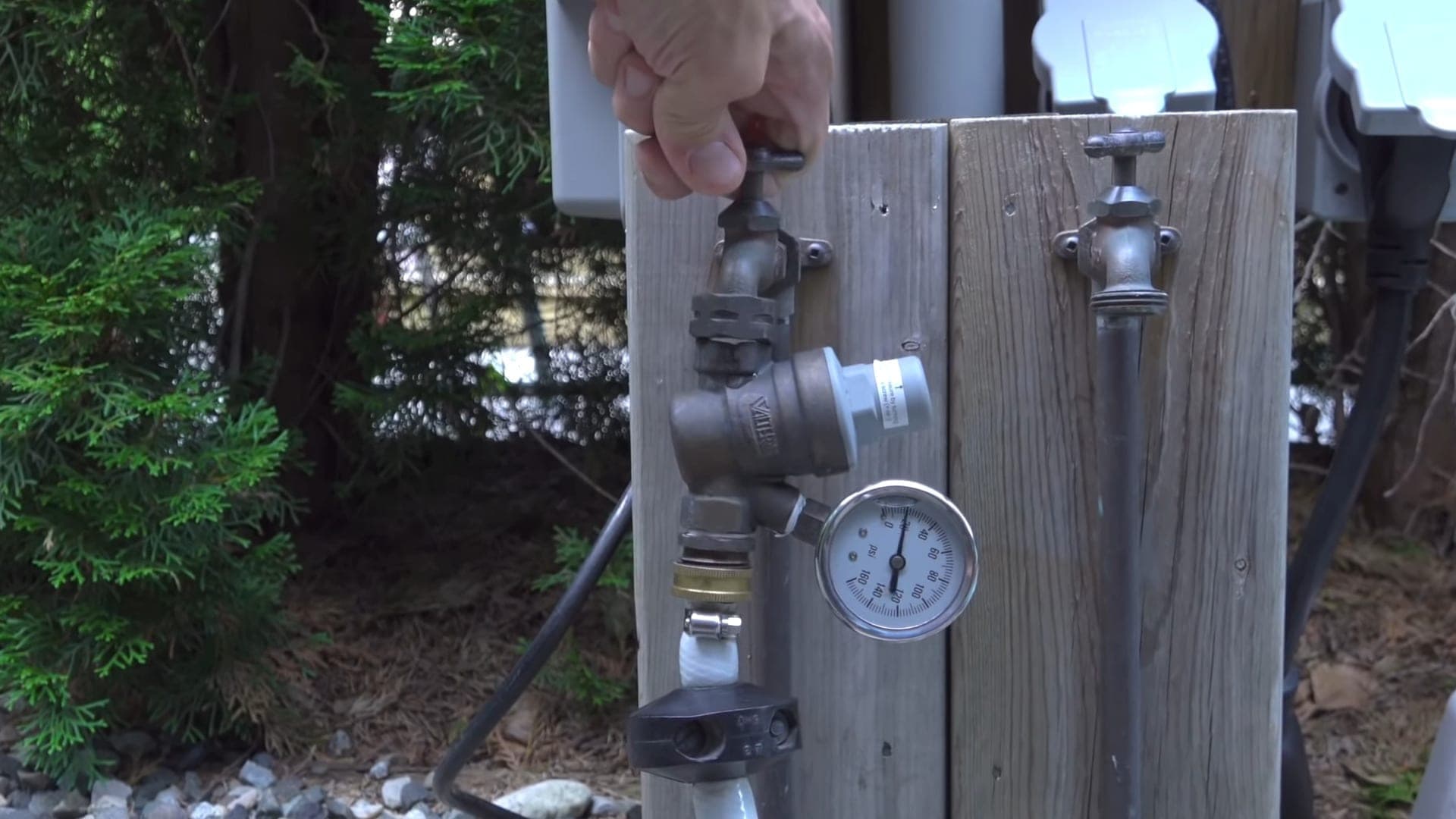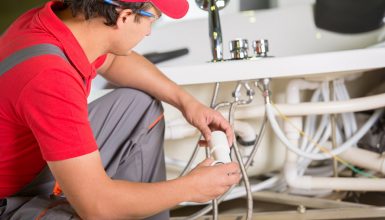The Instruction to Resolving Low Water Pressure in Your Home
The Instruction to Resolving Low Water Pressure in Your Home
Blog Article
Have you been trying to locate help and advice involving Dealing with Low Water Pressure in Your Home?

Low water pressure in your home can be an irritating trouble, affecting everything from bathing to cleaning meals. If you're experiencing weak water flow, there are several feasible causes and services to discover. In this guide, we'll review usual reasons for low water pressure and useful steps to address the concern properly.
Introduction to Low Tide Stress
Low tide stress happens when the circulation of water from your faucets, showers, and other components is weak than typical. This can make day-to-day jobs much more tough and much less reliable. Understanding the sources of low tide stress is vital to finding the best service.
Typical Root Causes Of Low Water Pressure
Pipeline Obstructions
With time, pipes can become obstructed with natural resource, debris, or debris, limiting the flow of water. This is a common concern in older homes with galvanized steel pipes.
Corrosion
Deterioration within pipes can lead to leakages and reduced water pressure. Corrosion buildup can restrict water circulation, particularly in aging plumbing systems.
Faulty Stress Regulators
Pressure regulators are in charge of preserving constant water pressure in your home. If they malfunction, it can lead to low tide pressure or unequal circulation throughout your house.
Metropolitan Water System Issues
Occasionally, the trouble exists outside your home. Local water problems, such as main line leakages or upkeep work, can momentarily lower water pressure in your location.
Just How to Identify Low Water Pressure
Checking Taps and Fixtures
Beginning by checking the water stress at different taps and components throughout your home. If the problem is separated to certain locations, it may suggest local problems.
Evaluating Pipelines
Examine noticeable pipelines for indicators of leakages, corrosion, or blockages. Pay attention to any uncommon audios, such as knocking or rattling pipelines, which could show issues within the plumbing system.
Consulting with a Plumber
If you're not able to identify the cause of low water pressure, think about working with an expert plumber to carry out an extensive evaluation. They can determine underlying problems and suggest suitable remedies.
Do It Yourself Solutions to Take Care Of Low Tide Pressure
Cleaning Up Aerators and Showerheads
Natural resources can collect in aerators and showerheads, minimizing water circulation. Remove and clean these parts regularly to improve water pressure.
Flushing Hot Water Heater
Sediment accumulation in the hot water heater can restrict flow and decrease efficiency. Flushing the storage tank regularly assists remove debris and keep optimum efficiency.
Inspecting Stress Regulatory Authority
Guarantee that the pressure regulatory authority is operating properly. Changing or changing the regulator can help recover proper water stress throughout your home.
Cleaning Clogs in Pipes
For small blockages, attempt using a plumbing snake or chemical drainpipe cleaner to clear obstructions in pipes. Beware when using chemicals and comply with safety guidelines.
When to Call a Specialist Plumber
If DIY efforts fail to settle the problem or if you think significant plumbing issues, it's ideal to look for assistance from a certified plumber. They have the competence and tools to deal with complicated issues securely and properly.
Safety Nets to Maintain Water Pressure
Regular Maintenance
Schedule regular maintenance for your plumbing system to prevent issues such as deterioration, leaks, and blockages. Dealing with small troubles early can help stay clear of even more significant fixings later on.
Setting Up a Stress Booster
Think about mounting a stress booster pump to improve water stress in areas with consistently reduced flow. This can be specifically advantageous for multi-story homes or residential or commercial properties with high-demand components.
Monitoring Water Use
Bear in mind water use behaviors and prevent overtaxing the plumbing system. Simple modifications, such as incredible showers and washing lots, can aid preserve appropriate water pressure.
Final thought
Taking care of low tide pressure can be aggravating, but identifying the underlying reasons and applying appropriate options can bring back ideal circulation throughout your home. Whether it's cleaning up aerators, inspecting pipes, or speaking with a plumber, taking proactive steps can make sure a consistent supply of water for your daily requirements.
FOUR WAYS TO FIX LOW WATER PRESSURE NOW
Turning on a shower or faucet only to find the water comes out in a sad, slow drizzle is never a good feeling. How exactly are you supposed to wash a pan or take a quick shower when it takes 10 minutes just to rinse off a little soap? The good news is that when your water pressure is bad, there's always a cause: typically one that can be easily fixed. Here are some of the most common causes of low pressure and what you can do to fix the issue:
DEBRIS AND MINERAL DEPOSIT BUILDUPS
If you notice low water pressure from just one or two of the fixtures in your house, the problem likely has to do with debris buildup. Water is full of minerals and other debris, all of which can accumulate in your pipes and on your fixtures. This can cause a blockage that affects how much water flows through. To fix this, try filling a small plastic bag with white vinegar, and use a rubber band to hang it around your showerhead or faucet. Let the head of the fixture soak for a few hours, and the vinegar should loosen the deposits.
WATER LEAKS
Leaks are another common cause of low water pressure. If water is flowing out of your plumbing through a hole or crack before it can reach your fixture, the pressure coming out of the faucet or showerhead will be lower. A plumbing professional is your best bet for finding and repairing a leak in your water supply pipes.
Leaks are another common cause of low water pressure. If water is flowing out of your plumbing through a hole or crack before it can reach your fixture, the pressure coming out of the faucet or showerhead will be lower. A plumbing professional is your best bet for finding and repairing a leak in your water supply pipes.
FOUR WAYS TO FIX LOW WATER PRESSURE NOW
Turning on a shower or faucet only to find the water comes out in a sad, slow drizzle is never a good feeling. How exactly are you supposed to wash a pan or take a quick shower when it takes 10 minutes just to rinse off a little soap? The good news is that when your water pressure is bad, there's always a cause: typically one that can be easily fixed. Here are some of the most common causes of low pressure and what you can do to fix the issue:
DEBRIS AND MINERAL DEPOSIT BUILDUPS
If you notice low water pressure from just one or two of the fixtures in your house, the problem likely has to do with debris buildup. Water is full of minerals and other debris, all of which can accumulate in your pipes and on your fixtures. This can cause a blockage that affects how much water flows through. To fix this, try filling a small plastic bag with white vinegar, and use a rubber band to hang it around your showerhead or faucet. Let the head of the fixture soak for a few hours, and the vinegar should loosen the deposits.
WATER LEAKS
Leaks are another common cause of low water pressure. If water is flowing out of your plumbing through a hole or crack before it can reach your fixture, the pressure coming out of the faucet or showerhead will be lower. A plumbing professional is your best bet for finding and repairing a leak in your water supply pipes.
Leaks are another common cause of low water pressure. If water is flowing out of your plumbing through a hole or crack before it can reach your fixture, the pressure coming out of the faucet or showerhead will be lower. A plumbing professional is your best bet for finding and repairing a leak in your water supply pipes.
A VALVE ISSUE
If you have low water pressure throughout your home, check your main shut-off valve to make sure it's completely open. You may also want to see if there's a pressure-reducing valve installed. If there is, have a plumber help you adjust the settings to get the pressure you're looking for.
OTHERS USING WATER
Believe it or not, your low water pressure could be caused by your neighbors. If you notice low pressure at certain times of day, it may be because you and the people living next to you have similar schedules - when everyone is showering at the same time, the pressure will be lower in every home. Low pressure throughout the neighborhood may also be caused by an issue with your municipal water supply. If that's the case, call the supplier to see if they're working on the issue.
https://www.rotorooter.com/blog/water-leaking/low-water-pressure-fixes/

As a fervent person who reads on 9 Reasons for Low Water Pressure in Your House, I figured sharing that short article was appropriate. Do you know somebody else who is excited about the topic? Take a moment to share it. I love reading our article about 10 Reasons for Low Water Pressure in Your House.
Call Today Report this page